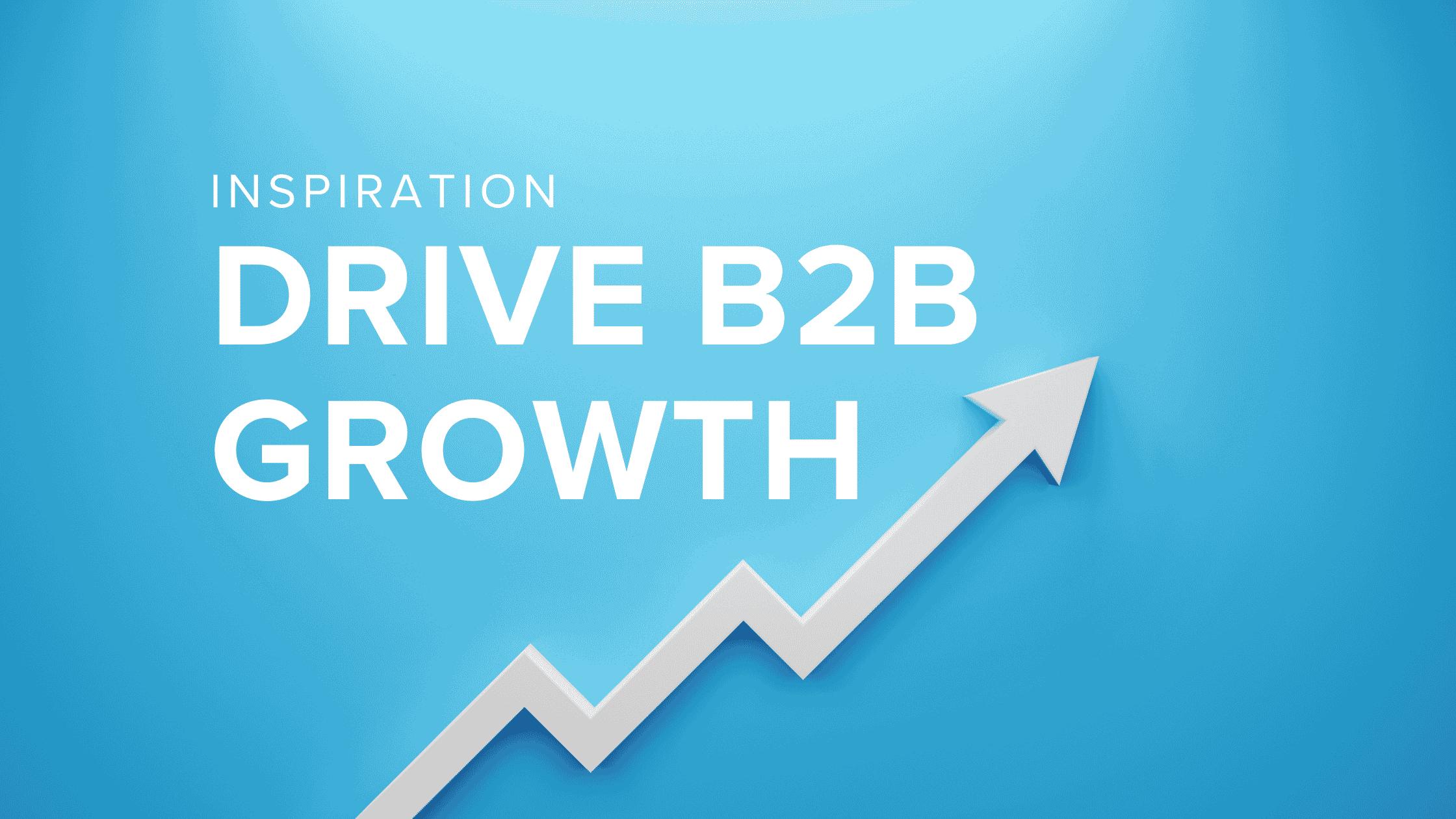2025 Inspiration: 8 Tactics Driving B2B Growth
Every year, B2B organizations hit the ground running with the strategies and tactics they think will elicit the best response from their target...
A strong USP is a strategic asset that can power your entire revenue operations (RevOps) strategy. But many companies struggle to activate their USPs in ways that drive results.
If your USP isn’t baked into your SEO strategy and content marketing efforts, you’re likely missing out on a major opportunity to generate qualified leads, support your sales team, and move deals through the pipeline.
This post breaks down how to turn your USP into a true SEO goldmine and align your sales, marketing, and operations to drive real revenue outcomes.
A Unique Selling Proposition (USP) is a clear statement that explains what makes your business different and why a prospect should choose you over competitors. In B2B marketing and sales, your USP drives messaging, positioning, and ultimately, revenue generation.
Your USP should be the foundation for how your business positions itself across every buyer touchpoint—from search engine results to sales conversations.
Here’s why it matters:
Without a unified USP, your SEO efforts can attract the wrong traffic, and your sales team may struggle to articulate value.
Before you can optimize your content or search performance, you need a clear, compelling, and collaborative USP. Ask yourself these questions:
Work cross-functionally—your sales reps know what resonates with prospects during calls, and your marketing team knows what attracts qualified leads. Combining both gives you a high-impact, RevOps-aligned USP.
Once your USP is defined, it’s time to align it with your SEO strategy. This ensures that your content is deliverable by the right prospects at the right time.
This builds topical authority while keeping your SEO efforts tightly connected to your brand’s value proposition.
You now have a USP-informed SEO strategy. Time to build content assets that support your sales cycle and increase visibility in search engines.
Ensure your sales and marketing content uses consistent language tied back to your USP. This builds brand trust and strengthens the handoff between marketing-qualified leads (MQLs) and sales-qualified leads (SQLs).
Your USP-aligned content and SEO strategy should drive clear business outcomes—not just rankings or clicks.
Use your CRM and marketing automation tools to trace how USP-driven content supports your pipeline. This is where RevOps visibility is key: everyone sees how messaging contributes to revenue.
Your USP is more than a sentence—it’s a strategic tool that should power your entire content and SEO engine. When embedded into your RevOps strategy, it helps marketing attract the right leads and empowers sales to close them faster.
Don’t let your USP live in isolation. Make it searchable. Make it visible.
Make it revenue-generating.
Need help turning your USP into an SEO-driven content strategy?

Every year, B2B organizations hit the ground running with the strategies and tactics they think will elicit the best response from their target...

SEO is one of the most critical strategies for B2B marketers. A strong SEO strategy is an excellent way to increase visibility and leads to more...

At its best, your business website is like a sales team that never sleeps, providing customers with all the information, next steps, and...